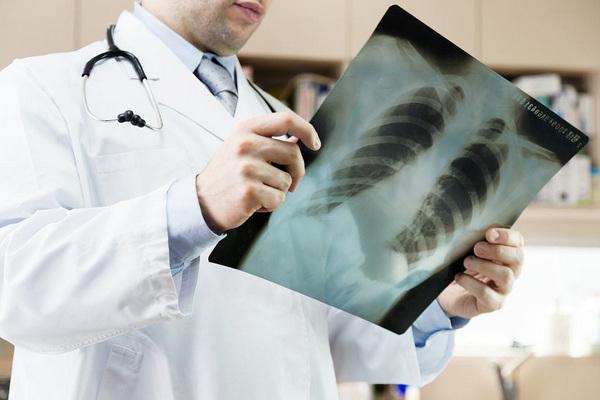An estimated 1 in 100 people get pneumonia every year. In most cases, the cause of the problem is a bacterial infection. How not to get infected with pneumonia, how to recognize it and how to deal with it effectively?
Although there are several types of pneumonia, medicine primarily distinguishes between two types. The first is the so-called community-acquired, diagnosed in people who are not hospitalized, and inpatient, it is diagnosed in patients who are in inpatient treatment. The bacterium that causes more than 2/3 of community-acquired pneumonia is Streptococcus pneumonia. Nosocomial infections are often caused by much more serious strains of bacteria, and worse, most are resistant to standard antibiotics and require more serious treatment.
Much less often talk about viral, fungal, atypical, allergic or chemical inflammations. Sometimes pneumonia is distinguished by the affected area, i.e., bronchial, lobar, or segmental.
It is worth remembering that contact with a bacterium or an infected person does not in itself cause us to develop pneumonia (although it can never be ruled out). The high-risk group includes people who:
- blockage of the airways;
- disorders of the cough reflex;
- dysfunction of the mucociliary system;
- striving for food content;
- allergies;
- violation of immunity (this also applies to premature babies);
- congenital malformations of the respiratory and circulatory systems;
Chronic illness (for example, acid reflux, this occurs when reflux stomach contents enter the lungs, this type of inflammation is called aspiration);
- contact with tobacco smoke;
- they are malnourished.
Pneumonia – symptoms
The most common symptom of pneumonia is a cough that causes purulent discharge to come off. In addition, patients suffer from fever, shortness of breath and chills. Very often they complain of malaise and pain (most often localized in the chest area, aggravated by coughing attacks) in the chest.
Usually, a doctor can diagnose pneumonia after a physical examination and discussion with the patient. However, he may order a chest x-ray and morphology to be sure. A lung x-ray will show you which area of the lungs has been affected. A blood test usually shows an increased number of white blood cells, mainly neutrophils. In addition, the value of CRP, a protein that increases rapidly as the body fights inflammation, will increase significantly. In addition, your doctor may order a microbiological test on your sputum to determine if bacteria or viruses are causing the inflammation.
Pneumonia – Treatment
Typical pneumonia lasts 7–10 days, but bacterial inflammation can last up to 14–21 days. The method of treatment depends on what is causing the disease. If the pneumonia is bacterial, antibiotics are prescribed. With viruses, symptomatic treatment is used, antibiotics do not make sense, this type of drug does not fight these pathogens. The patient is taking antipyretic and antitussive drugs. First, with a dry and very tiring cough, drugs are used to suppress the cough reflex. Later, when it turns moist, productively, medications are used that thin the mucus and help cough up.
With pneumonia, the patient is recommended to rest and take vitamins. However, you cannot stay in bed all the time, as this worsens the already impaired ventilation and weakens the heart. If you don’t have a fever, you can even go for short walks to improve ventilation.
Pneumonia – complications
Every patient should know that pneumonia is a serious illness. Unless it is cured, it can have dire consequences. The most common complications include lung abscess and pleural effusion.
A pus-filled “reservoir” in the lungs appears in patients who have pneumonia caused by staphylococcus or other anaerobic bacteria. The most characteristic symptom of a lung abscess is a cough mixed with yellow-green sputum (sometimes it also contains blood), high fever and chills, drum sounds during percussion examination, bronchial noise. This usually happens suddenly.
The patient begins to complain of pain and tingling in the chest. When breathing, the pain intensifies, so much so that it is almost impossible to take a deep breath. Also, the ailment appears when coughing, sneezing and with every movement of the chest (i.e., when bending or twisting). Peritonitis most often occurs as a complication of bacterial pneumonia








